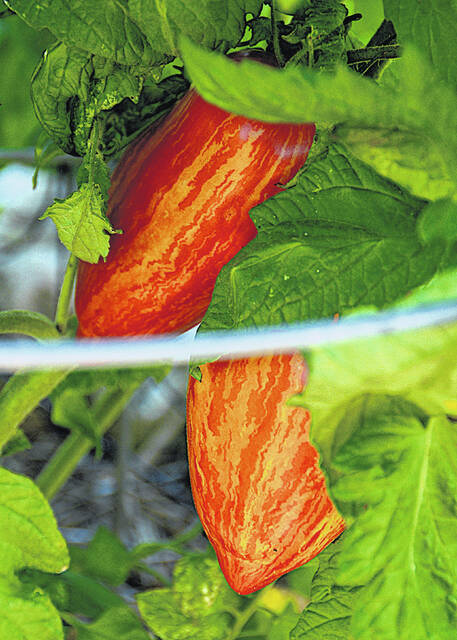Experimentation is part of the fun of gardening. Saving seeds from your favorite vegetable or flower for next year’s garden or even the next generation is something you might like to try.
Keep in mind that all flowers and vegetables will not come true from seed. Hybrids and those pollinated by the wind or insects may produce offspring unlike the parent plant. The resulting surprise can add to the fun. Use heirloom or older varieties when looking for consistency.
Timing is critical. When saving flower seeds wait for the seeds, not the flower, to be full size and mature. This is usually when the seedpod, capsule or seed head that houses the seeds turns brown and brittle.
Collect these and separate the seeds from the surrounding structure. Spread them on newspaper to finish drying. Place the dry seeds in an envelope labeled with the plant name and date the seeds were collected. This will make spring planting much easier. Store the seeds in an airtight container in the refrigerator.
Consider saving a few vegetable seeds as well. Heirloom peas and beans are open-pollinated, so they form seeds that will grow into plants that are similar to the parent plant. Allow the peas and beans you plan on saving to dry on the plant. Once the pods turn brown and the seeds rattle inside, they are ready to harvest. This is about six weeks after you harvest snap beans for eating and about four weeks after the normal picking stage for peas.
Protect plants from frost or pull them out of the ground and hang them in a cool dry location, so the pods can finish drying if needed. Remove the pods from the plants and allow them to further dry indoors for about two weeks.
Remove the seeds from the dried pods, store in an airtight opaque container in a cool dark location. Label with the varietal name and date the seeds were collected.
Saving seeds from tomatoes requires a bit different preparation. Scoop out the gelatinous center of a ripe tomato. Place this in a container of water and let it ferment in a warm location for a week or two.
Then remove and compost the rather disgusting layer of fermented tomato waste and bad seeds floating on the surface. Pour the remaining water and the good seeds sitting on the bottom of the container through a fine mesh strainer. Rinse the seeds, removing any of the gelatinous material that may remain. Spread the seeds on a piece of paper to dry.
Once dry, place the seeds in an envelope labeled with the date and variety and set in a sealed jar or plastic container. Store in the refrigerator or other consistently cool location until it’s time to start them for next season.
Start with these and then consider trying other flower, vegetable and even tree and shrub seeds. You’ll find helpful information in books, online and on the Seed Savers Exchange website. Saving your own seeds can help you save money while preserving and planting a bit of gardening history.
Melinda Myers has written more than 20 gardening books, including The Midwest Gardener’s Handbook and Small Space Gardening. She hosts The Great Courses “How to Grow Anything” DVD series and the nationally-syndicated Melinda’s Garden Moment TV & radio program. Myers is a columnist and contributing editor for Birds & Blooms magazine. Her web site is www.melindamyers.com.





